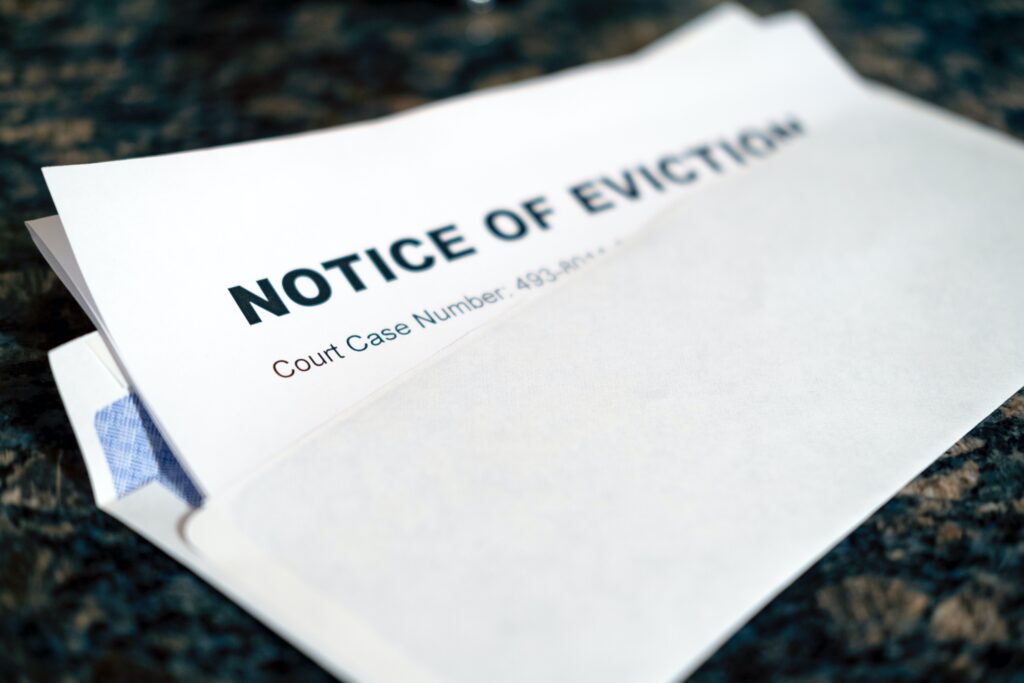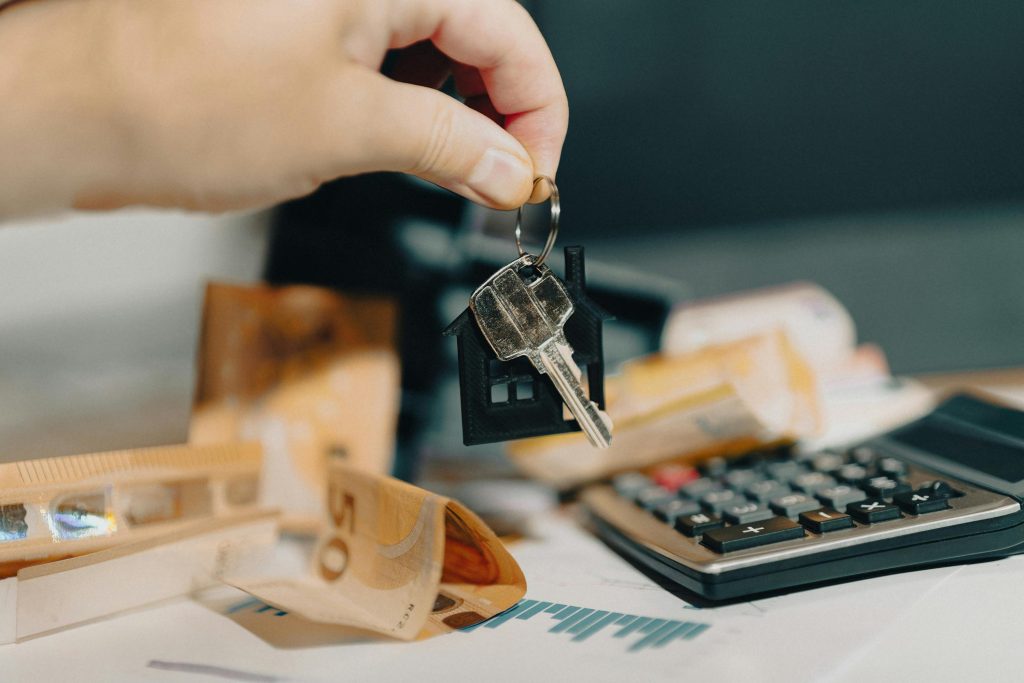An interest-only mortgage means you only pay the interest charges each month without reducing the loan amount. Unlike repayment mortgages, you don’t pay off any of the actual capital you borrowed during the mortgage term, which means the full loan amount is due when your mortgage ends.
Many homeowners look at switching to interest-only to reduce their monthly payments, but it’s not always easy to qualify.
Why switch to an interest-only mortgage?
Switching to an interest-only mortgage can reduce your monthly payments. Let’s say you’re paying £800 monthly on a repayment mortgage. You might pay only £500 on an interest-only basis, meaning you’d have more money in your pocket each month after paying your mortgage.
Using this option works well if you’re facing short-term money problems. It also gives you more cash for other expenses or investments.
Some homeowners choose interest-only because they plan to use investments, pensions or selling the property later to pay off the capital.
Try out our free interest-only mortgage calculator here to see how much you’ll be paying each month when you’re on an interest-only mortgage.
Can you switch to an interest-only mortgage?
Whether you can switch depends on your lender and personal situation. Most lenders have strict requirements:
- You’ll typically need at least 50% equity in your property
- A higher income to show you can afford payments
- A solid plan for repaying the capital when the mortgage ends
- Good credit history
Some banks allow temporary switches to interest-only if a borrower is facing short-term financial difficulties, but you’ll need to show how you’ll get back on track.
How to switch to an interest-only mortgage
There are some standard steps you’ll need to follow should you decide that switching to an interest-only mortgage is the right move.
Talk to your lender
Contact your current mortgage provider before doing anything else. Ask if they allow switching to interest-only and their criteria and requirements.
Show your repayment plan
Lenders want proof that you can pay off the capital at the end of the term before anything else, so you’ll need to show you’ll have the means available. This could be through investment accounts, pension lump sums or plans to sell the property and downsize to something smaller.
Consider a part-and-part mortgage
Some lenders offer mortgages where you pay interest on part of the loan and capital and interest on the rest. These arrangements give you lower payments than a full repayment mortgage while still reducing some of the debt.
Risks of switching to interest-only
The main downside to switching to interest-only is that your debt doesn’t shrink over time. After 10 years on a repayment mortgage, you would owe much less than you started with. On interest-only, you’ll still owe the full amount.
Not all lenders allow switching, and those that do have tough eligibility rules. For example, some lenders only allow interest-only mortgages for residential if you earn more than £100k per year. And if house prices fall, you risk owing more than your home is worth, making it hard to sell and clear the debt.
What other options do I have if I can’t switch?
If you’re struggling with payments but can’t switch to interest-only:
- Ask about payment holidays (temporary breaks from paying)
- Extend your mortgage term to reduce monthly costs
- Remortgage to a lower interest rate (once your fixed term has expired)
- Consider equity release if you’re over 55
- Sell your home and buy something smaller, especially if your property has gained significant value
To that last point, if you need to sell quickly, Property Rescue offers a fast cash purchase of your home. We can exchange in as little as 48 hours, meaning you can pay off your mortgage and use any remaining equity to buy a smaller property. We also cover the costs, including legal fees.








